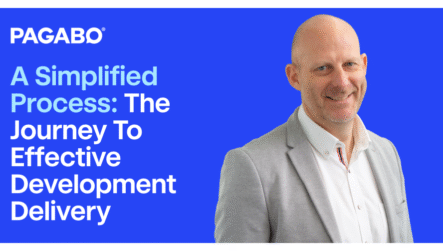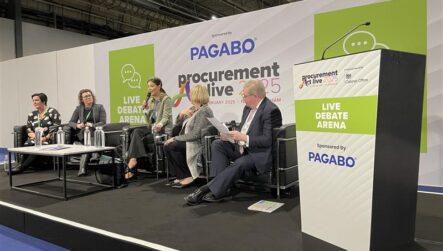
It’s been more than a month since the Procurement Act 2023 went live and as the dust settles there are some common queries that have appeared. Here, we’re breaking down the answers to these questions – along with those shared with us by attendees at Procurement Act Live 2025.
Where do I start?
We understand there is a lot of information to absorb. That’s why we created a short video to break down the essentials, and you can dive into our collection of procurement reform resources for more expert guidance and information.
Whether you are a supplier or contracting authority, the most important thing is taking stock of procurement and how it impacts your organisation. That will provide the baseline and direction of where you need to focus within legislative guidance.
What is the difference between open and closed frameworks and how do they work?
The open framework concept is one that provides for the award of successive frameworks on substantially the same terms for a collective term of up to eight years. The strategy for flexible appointments of suppliers must be objective and pre-defined during the procurement of the first framework in the series.
The closed framework model is the traditional model that has been used in the sector for some time, which has a single-entry point at the beginning of the framework and typically for a maximum term of four years.
How will the public sector be affected by open and closed frameworks?
Overall, the impacts of open and closed frameworks remain to be seen with regard to how each concept is adopted, however the objective is to provide additional flexibility for expanding markets where new entrants are expected.
The open framework concept provides for longer collective terms and market refreshment, as well as greater opportunity to achieve one of the core Procurement Act objectives – delivering value for money.
Consideration should be given to the increased administrative burden depending on how often a framework is reopened.
As of 28 March 2025, 69 Tender Notices seeking to establish a framework have been issued under the new regime, of which five refer to the intention to create an open framework. This demonstrates the market is starting to adopt the concept, but the traditional closed framework remains the leading choice.
As for closed frameworks, the benefits include streamlined procurement and familiarity with existing processes. The potential downside, contrasting with open frameworks, is that the ability to apply for the closed framework is restricted until renewal.
When are we going to start seeing new frameworks under the Act?
Since the Act’s commencement on 24 February 2025, any new framework opportunities must be procured via the Procurement Act 2023. Based on Tender Notice analysis and depending on the complexity of those procurements, frameworks established via the Procurement Act are expected to be available as early as July 2025.
Don’t forget though, the transitional and saving provisions allow contracting authorities to continue to use PCR2015 compliant frameworks established prior to 24 February 2024 until they reach the end of their term. The Procurement Act 2023 is not retroactive, and it only applies to agreements created after it came into force.
What is debarment?
The debarment regime enables ministers to put suppliers on a published debarment list. Inclusion on the list means that the supplier’s past behavior or circumstances mean that it may not be allowed to participate or be awarded public contracts.
The debarment regime has been introduced to support in meeting the Procurement Act objectives.
What role will AI have in the future of procurement?
AI holds significant positive potential within the future of procurement, but it’s impossible to say at this point whether the potential will be achieved. PPN 017: Improving transparency of AI use in procurement was published in February and draws comparisons between suppliers utilising AI tools with bid writing services. The PPN applies to all central government departments and provides information on the potential benefits and risks associated with using AI.
What does social value look like under the Act?
The Procurement Act 2023 introduces several changes to ensure social value is a key element in procurement. One of the main changes is the move from ‘Most Economically Advantageous Tender’ (MEAT) to ‘Most Advantageous Tender’ (MAT) – a concept that contracting authorities must now use when awarding public contracts, which allows for the prioritisation of social value.
For more information on the Procurement Act, visit our dedicated campaign here: https://pagabo.co.uk/procurement-reform/
Discover our frameworks


































